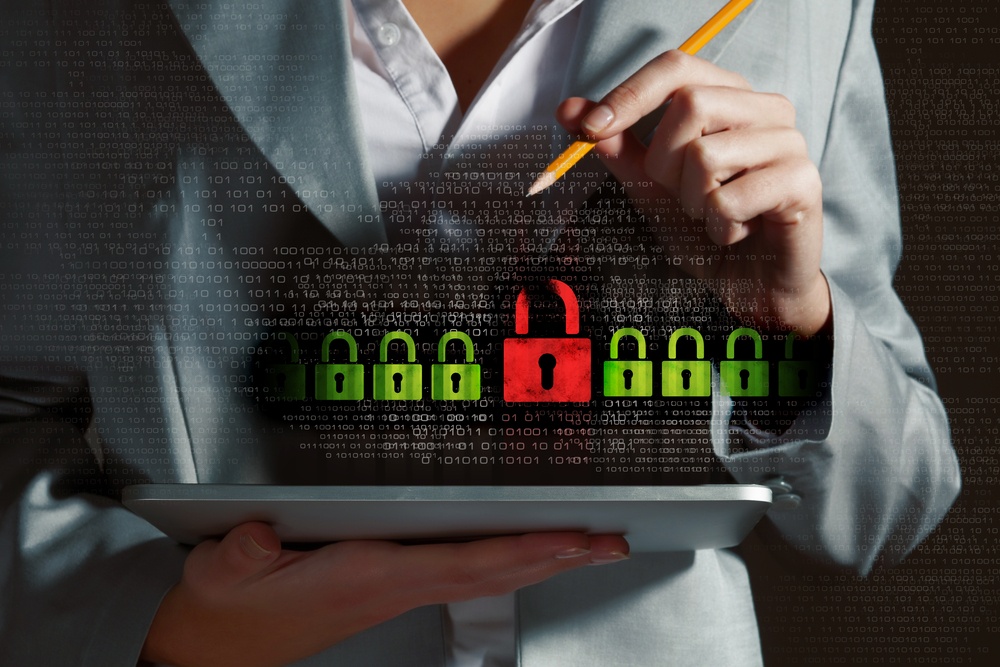Two-factor authentication, 2FA, or multi-factor authentication, is one of the most talked about security “best practices” available today. Introduced as a data security method just several years ago, it is now touted as an almost non-negotiable part of every network, device, and/or application security plan. In fact, it’s become so ingrained in the way technology operates that many people don’t even realize what it is, why it’s important, or even whether they’re even using it.
Here’s what you need to know about two-factor authentication, and why it’s absolutely imperative to an iron-clad security plan.
What Is Two-Factor Authentication?
Two-factor authentication is an incredibly important piece of any security plan - whether it’s for a network, a device, or an application. In addition to having a strong, secure password, a two-factor authentication provides an additional layer of protection. It does this by requiring a user to confirm their identity with a second (see what they did there?), random, unique authorization method.
For example, you probably have had to complete one of those incredibly hard-to-read captchas or click every image with a stop sign, or even answer additional security questions. These are methods of two-factor authentication. See - you probably didn’t even realize that you’re already using this method multiple times per day!
How Does Two-Factor Authentication Ramp Up Security?
Now that you know what two-factor authentication is, it’s probably fairly easy to understand how it helps to ramp up your IT security.
1. By requiring users to complete an additional task, answer security questions, or input unique PINs that expire in a certain amount of time, it’s far less likely that a hacker (or even just anyone who shouldn’t be there) will be able to access data.
2. Many hackers use programs that use brute-force attacks to crack passwords and access data. However, these programs aren’t sophisticated enough to then answer the security questions, or properly complete the captcha quizzes - and they certainly can’t provide a unique PIN that was sent to the correct user’s cell phone.
With all of that said, it’s easy to see why adding two-factor authentication has become basically non-negotiable in the security world. Not only does two-factor authentication help prevent brute-force password bot attacks, but depending on the method used it also prevents unauthorized humans as well.
Two-Factor Authentication Best Practices
Additional security questions, such as the ever-popular Mother’s Maiden Name or Pet’s Name, may be easily guessed by someone that knows the account holder, but the most efficient option is to have a unique PIN sent to the account holder either via text or email. These PINs typically expire within a matter of minutes, meaning unless the hacker has immediate access to those accounts they won’t be able to get the PIN.
However, this illustrates an example of why it’s incredibly important to also use proper security protocols on all personal devices, such as smartphones. If your phone isn’t locked and you have a PIN sent to it, an unauthorized user with access to your phone can simply open your email or messaging app, get the PIN, and log into your accounts.
To learn more about two-factor authentication and how it can help your business operate in a more secure IT environment, schedule your FREE IT assessment today.
-1.png?width=350&height=117&name=iuvo_logo_blue_Transparent%20(1)-1.png)
